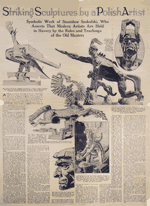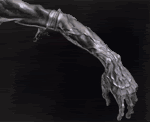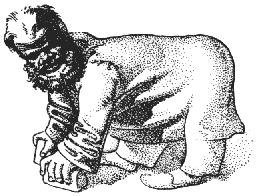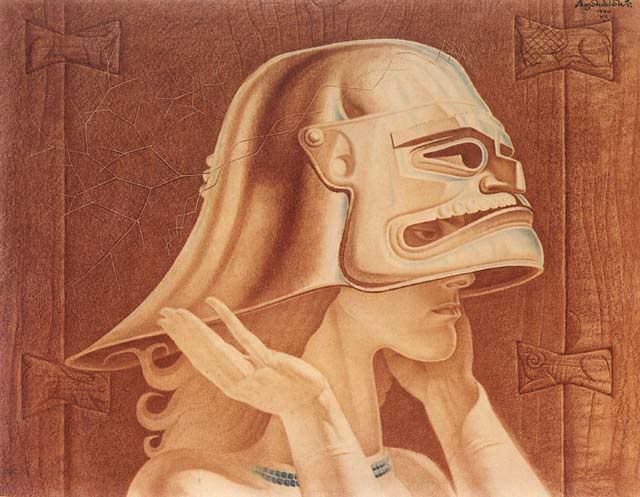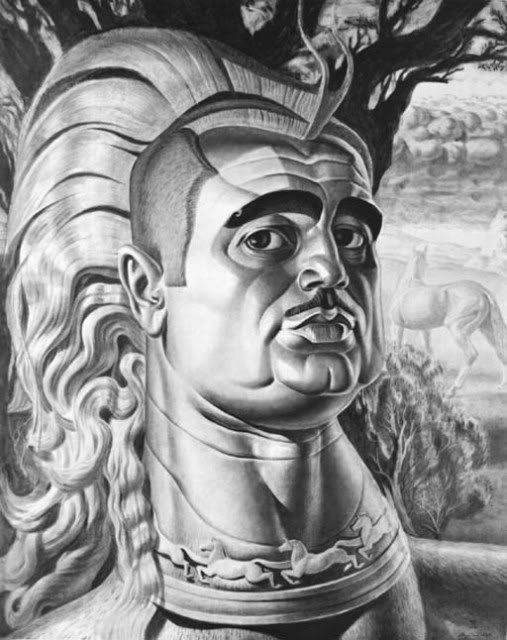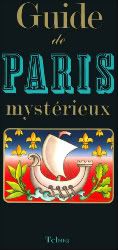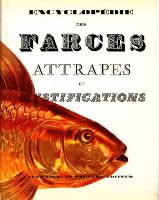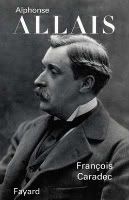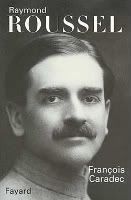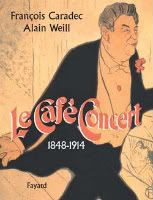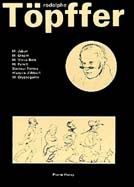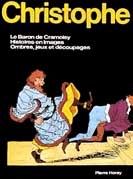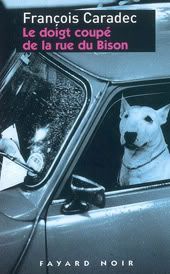
Stephen Jay Gould and Richard Lewontin invented the concept of "Spandrels" in 1979, by analogy with the structure surrounding the cupola of the San Marco basilica in Venice. An artefact considered completely useless in construction terms, but bearing all the more an esthetical function.
The Tulsa Architectural Vocabulary defines the word originally as 'The triangular space between the curves of adjacent arches.' In extensio, the four decorated segments providing the transition between the circular cuppola and the square space underneath.

For Gould and Lewontin, Spandrels are all biological feats which seem not to have been caused by a result of natural selection, but just appeared as a byproduct from selection on other features.
Some consider language a typical spandrel. It was not really necessary in the darwinian selection, but it just happened as a consequence of the growing of our brain. Like a bizarre spare room in the attic resulting from the plans of a drunken architect… Which after all seems quite useful to store all kind of shit.
See the complete text "The spandrels of San Marco and the Panglossian paradigm":
"Every fan-vaulted ceiling must have a series of open spaces along the midline of the vault, where the sides of the fans intersect between the pillars. Since the spaces must exist, they are often used for ingenious ornamental effect. In King's College Chapel in Cambridge, for example, the spaces contain bosses alternately embellished with the Tudor rose and portcullis. In a sense, this design represents an "adaptation," but the architectural constraint is clearly primary. The spaces arise as a necessary by-product of fan vaulting; their appropriate use is a secondary effect. Anyone who tried to argue that the structure exists be-cause the alternation of rose and portcullis makes so much sense. in a Tudor chapel would be inviting the same ridicule that Voltaire heaped on Dr. Pangloss: "Things cannot be other than they are... Everything is made for the best purpose. Our noses were made to carry spectacles, so we have spectacles. Legs were clearly intended for breeches, and we wear them." Yet evolutionary biologists, in their tendency to focus exclusively on immediate adaptation to local conditions, do tend to ignore architectural constraints and perform just such an inversion of explanation."






